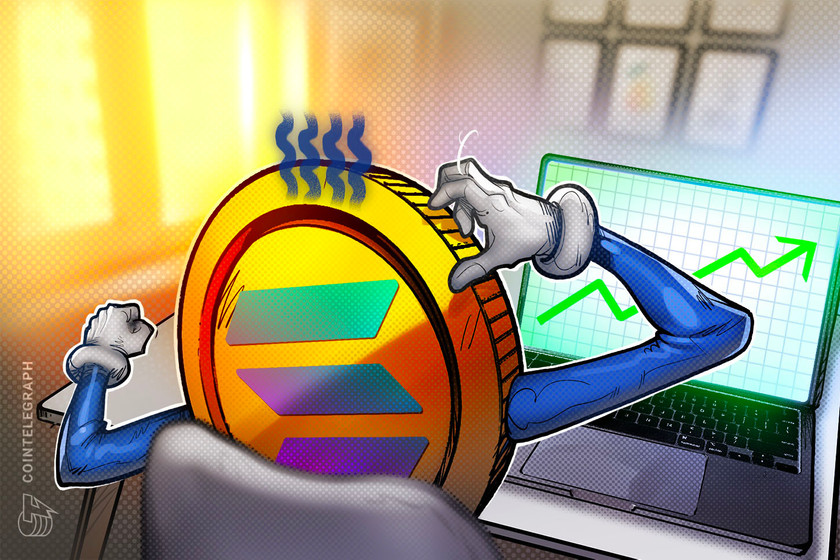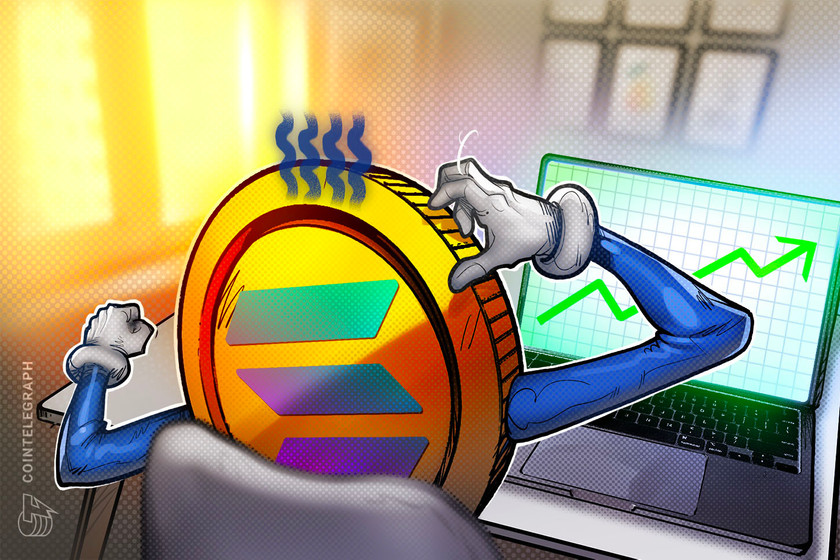Why is Ether (ETH) price up today?


Ethereum price is up today as network revenue skyrockets and ETH clears the $2,300 resistance.
Ether (ETH), the native token of the Ethereum network, is witnessing a breakout on the back of increasing institutional interest in the second-largest cryptocurrency by market cap. The increased bullish sentiment pushed Ether price up by 23.7% over the past 30 days. The fact that ETH trades above $2,300 could indicate that increased attention is shifting toward Ether. Year to date, ETH price is up by 96.5%.
Let’s review a few of the reasons for Ether’s price strength.
A surge in traders’ interest in Ether began on Nov. 1 when the U.S. Securities and Exchange Commission (SEC) acknowledged Grayscale Investment’s application to convert its Ethereum trust into an ETF.

































































